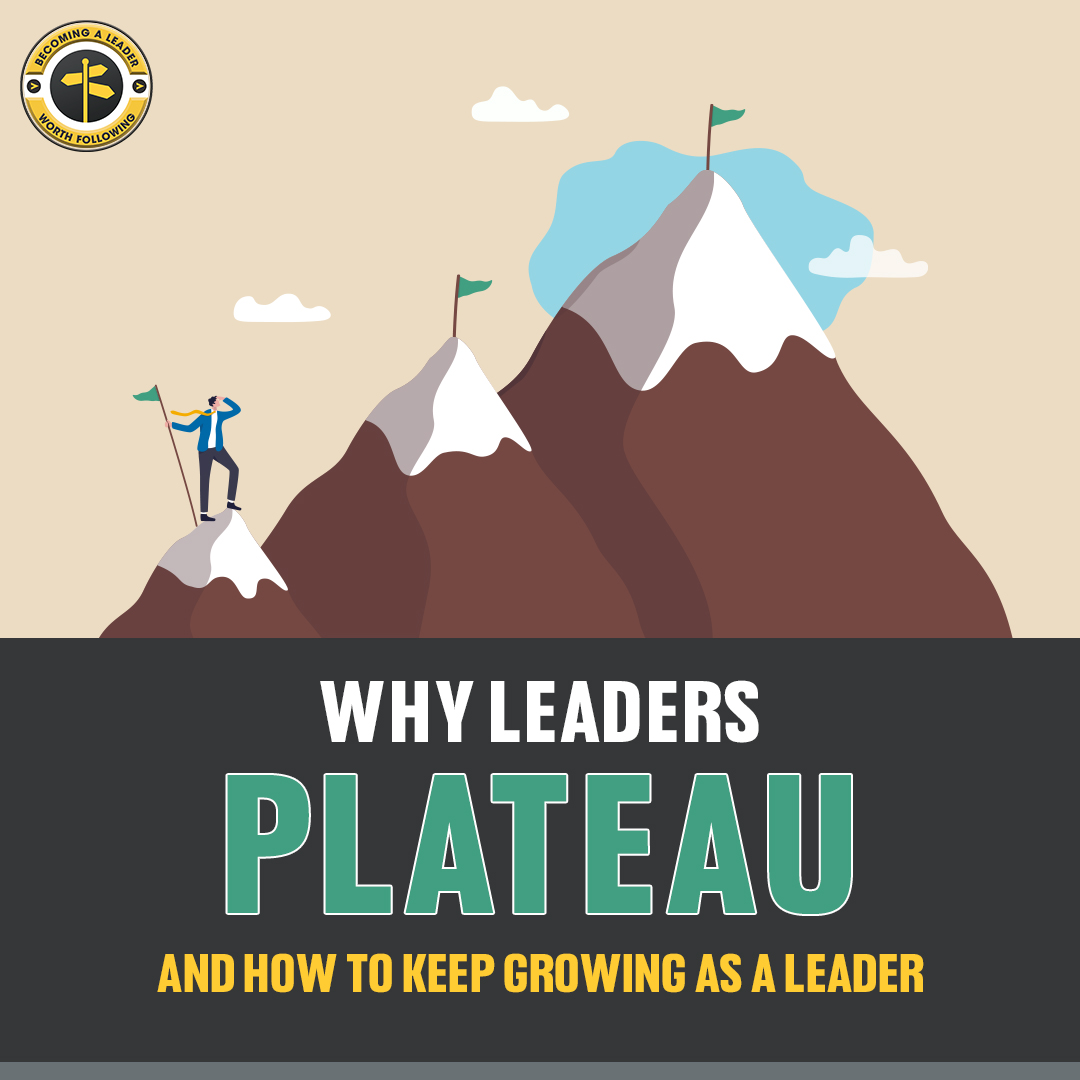Why Leaders Plateau and How to Keep Growing as a Leader
Leadership isn’t a destination; it’s a journey. Yet many leaders, even successful ones, eventually find themselves plateauing. They stop growing, stop challenging themselves, and unintentionally hold their teams back in the process. So, what patterns lead to this stagnation, and how can leaders continue to evolve?
Why Leaders Plateau
One of the biggest culprits behind leadership stagnation is ego. Ego can convince leaders that they’re already “good enough,” that they’ve arrived and no longer need to grow. This mindset blinds them to feedback, limits their curiosity, and often prevents them from seeing new opportunities to improve.
But ego isn’t the only factor. Leadership failures often stem from three common areas:
- Ego – overconfidence, pride, and resistance to change.
- Dero (desire for recognition or status) –leading for validation rather than impact.
- Libido (unchecked impulses or distractions) – allowing personal desires to override professional judgment.
When any of these take the driver’s seat, leaders risk plateauing – or worse, failing.
The Antidote: Humility and Curiosity
The most effective leaders approach leadership with humility. They recognize that they are a work in progress: never at the beginning, never at the end, but always learning in the middle.
By maintaining curiosity and a humble heart, leaders open themselves to new perspectives, ideas, and ways to grow. This mindset not only prevents stagnation but also sets the tone for their entire organization.
After all, if leaders want their teams to keep learning, adapting, and improving, they must model that same behavior. Otherwise, their expectations sound hollow.
Growth as a Service to Others
At its core, leadership is about service. Leaders who view their role through the lens of service naturally prioritize growth, not for their own sake, but for the impact it has on others.
When leaders continuously work to be the best version of themselves, it creates a ripple effect:
- Organizations perform better.
- Teams feel more inspired.
- Cultures of learning and resilience thrive.
Leadership growth, then, isn’t optional; it’s essential for anyone who wants to lead with authenticity and impact.
Key Takeaways
- Leadership plateaus often come from unchecked ego, a desire for recognition, or personal distractions.
- Staying humble and curious is the best way to keep growing.
- Leaders must model the same growth they expect from their teams.
- Leadership is a lifelong journey, not a final destination.
Final Thought
If you’re a leader who feels like you’ve hit a plateau, take a step back. Ask yourself: Am I modeling the growth I want to see in others? If the answer is no, it’s time to return to humility, curiosity, and service. That’s where true leadership begins again.



